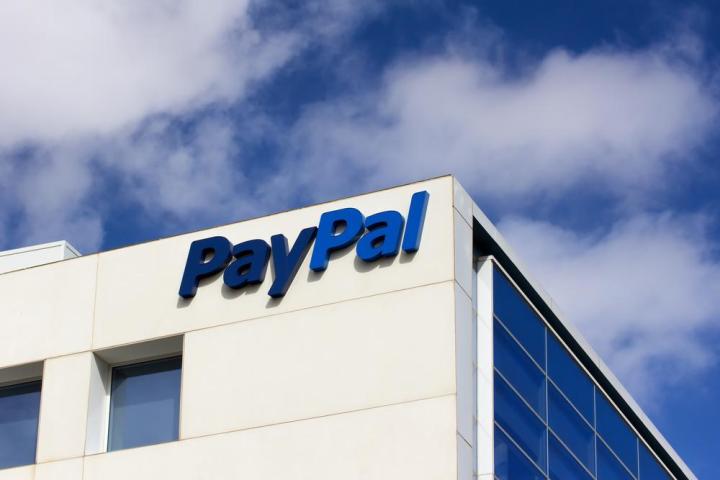
“Our bread and butter is, we’re a checkout company,” Jim Magats, PayPal’s head of global core payments, told the Wall Street Journal. “What merchants want is our conversion, and they’re willing to pay for removing any friction in checking out.”
The details of the arrangement have yet to be sussed out fully, but in the coming months, it’ll see PayPal users gain the ability to select a MasterCard-branded credit or debit as a default payment method for purchases.
PayPal, for its part, has agreed to share the details of transactions completed with MasterCard’s mobile payments features. It’ll no longer nag users who’ve linked a MasterCard payment method to also link a bank account. And PayPal renewed its commitment to a prior venture, PayPal Business Debit MasterCard, that will provide qualifying PayPal users a MasterCard co-branded debit card funded with a PayPal account.
MasterCard, in turn, is rolling out the digital payments welcome wagon. It’s waiving the digital-wallet fees it typically charges platforms like PayPal, and is discounting its bulk-transaction charges.
Separately, it has agreed to embrace Braintree, PayPal’s one-click online checkout tool, in the form of Masterpass (MasterCard’s digital wallet) integration — merchants who use PayPal will be able to implement Masterpass support “more easily.” And in addition, users of of PayPal’s Venmo peer-to-peer payments app will soon be able to make instant withdrawals. (Currently, processing of MasterCard debit transfers can take up to three days.)
Perhaps the most tangible benefit is yet to come. Over the next few months, PayPal users with attached MasterCards will gain the ability to make purchases at contactless terminals. PayPal said new feature will support the more than five million merchants around the world utilizing wireless point-of-sales systems.
The partnership is part of PayPal’s effort to beat back competition that has encroached rapidly in the space it once dominated — Apple Pay, Google’s Android Pay, and Samsung Pay form a collective 23 percent of credit card holders who have linked a credit card, debit card, or pre-paid card to a digital wallet.
In July, PayPal inked a deal with Visa which gave the payment provider’s cards prominent placement on PayPal’s smartphone app and website, and provided users the ability to pay with Visa in mobile apps and brick-and-mortar stores.
“This is a new PayPal, one that is actively partnering across the digital payments landscape,” PayPal Executive Dan Schulman said of the deal earlier this summer. “We want customers to pay any way they want, and the deal with Visa allows us to move more aggressively into the store.”
The moves seem to have done well for PayPal so far. In an earnings call to investors earlier this year, the company raised its annual revenue guidance to $10.85 billion, up from $10.7 billion.


